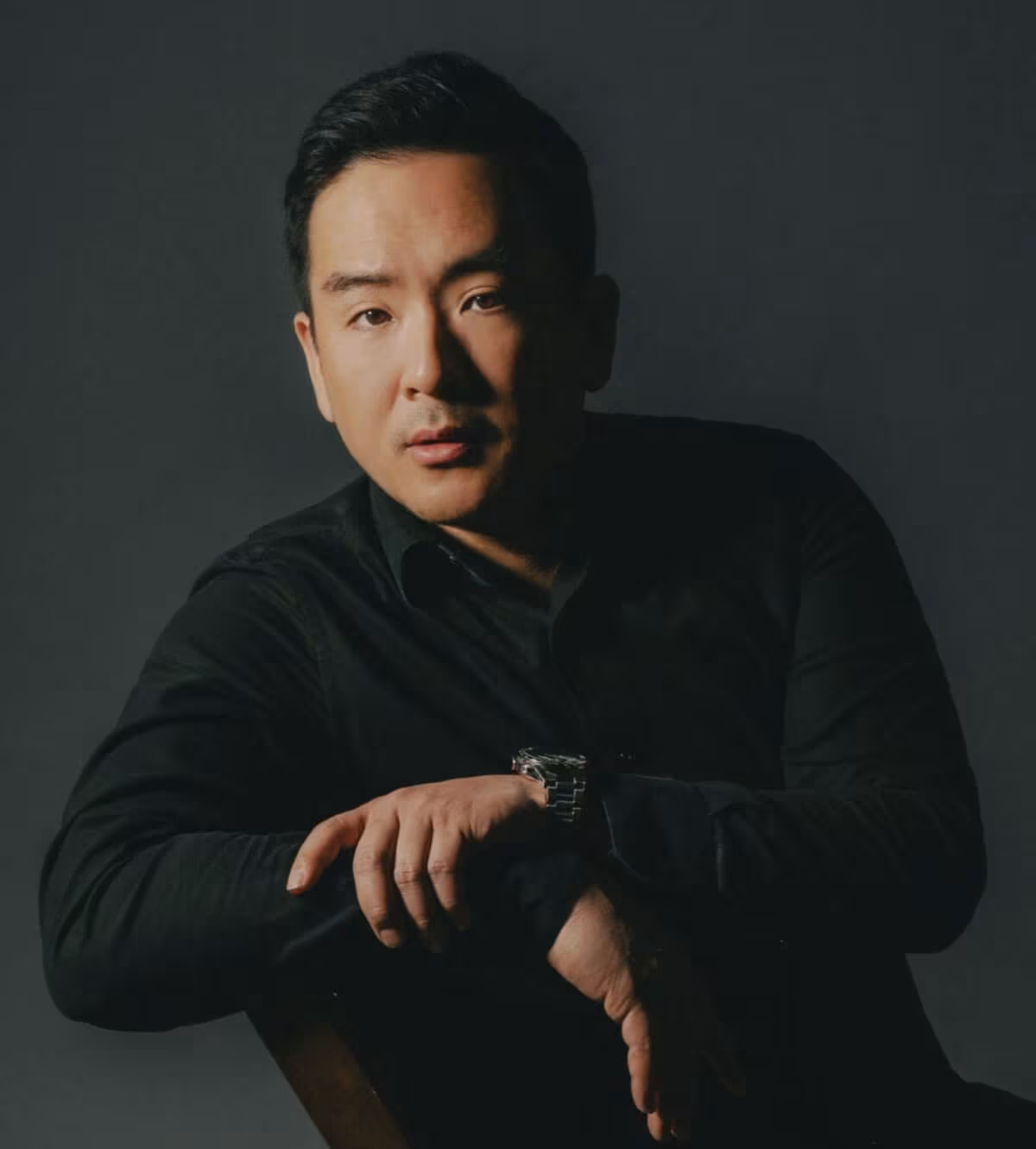The field of design leadership is in a constant state of evolution, responding to technological advancements, changing user needs, and shifting business landscapes. As one of DXC’s distinguished advisors and founding members, Daniela is currently Chief Design Officer at Capital One and Board Member at Mr. Cooper Group (NYSE: COOP) and was previously Chief Design Officer at PayPal. With this experience, she offers extraordinary perspectives on the field of design leadership.
We asked Daniela what she would characterize as the three most important elements of effective design leadership. As a design executive with both C-Suite and Board experience, Daniela Jorge offers a comprehensive first-hand account of what she believes will drive the next era of design leadership.
1. Be Business-Minded
Jorge highlights the need for design leaders to possess a robust understanding of business dynamics. "Design leaders need heightened business acumen, aligning design initiatives with broader organizational strategies," she says “Your identity should be leader first, designer second.”
In essence, this convergence ensures that design doesn't function in isolation but is seamlessly integrated into the larger business context. Becoming an executive means design leaders need to speak a broader set of languages that enable them to partner effectively across the company.
“You’re helping to shape broad strategy and you have input into business decisions that go well beyond design so it’s imperative that you understand how the company makes money, what contributes to operating expenses and margin, risk, legal, go-to-market strategies, and so on,” says Daniela. “You will get access to much broader conversations where you can showcase your thought leadership across a number of areas and also insert a customer-centric and a design perspective,” she says.
Design leaders need to engage more deeply with business goals, metrics, and outcomes. While design leaders might be accustomed to partnering more closely with tech organizations, broadening their ability to engage other domains like risk, finance, legal, operations, sales and marketing will be crucial to their ability to drive cohesive and effective outcomes at scale. This tighter integration ensures that design outputs not only look and feel good but also drive tangible business value.
Businesses today are seeking design leaders who can not only contribute to functional decisions pertaining to design, but who can weigh in on business and corporate levels of decision-making, such as in the C-Suite, and on Boards. “This is also where it becomes about the person rather than the role even though our field can tend to focus more on inclusion of the 'role',” adds Daniela. “I get included in discussions because they’re interested in my perspective as a leader and not necessarily because the perspective from the CDO is crucial in that particular conversation.”
2. Utilize Your Unique Attributes
To be a truly well-rounded strategic leader, you've got to leverage what sets you apart. “Use the unique skill set you and your team possess as designers to elevate your role,” Daniela advises. “What are those skills? The power to zoom out for a holistic view and zoom in for granular detail. You spot opportunities across the entire business ecosystem and can get into the nitty-gritty of individual customer touchpoints." She adds, "We're the glue that links different strategies, enhancing value for both customers and the business. Plus, we can turn these opportunities into actionable, inspiring solutions that align teams and speed up decision-making."
For leaders like Daniela operating in large-scale design organizations and multinational companies, she illustrates a vital aspect of Design Executive Council’s Strategic Design Leadership Value Framework (SDLV). The SDLV framework evaluates a design executive’s effectiveness against their ability to influence higher levels of strategy that advance an executive’s influence beyond the design function into cross-functional areas, business strategy, and corporate strategy. Leaning into the unique skills you bring to the table, as mentioned by Daniela is the key ingredient to influencing strategy. Achieving this rise in strategic value requires a leader to be an effective strategist and executive partner, which is vital to increasing the business value of design.
3. Encourage Diversity
"By actively cultivating a range of perspectives and backgrounds, design leaders create an environment that sparks creativity and leads to more comprehensive and culturally sensitive design solutions," she shares. Jorge’s emphasis on the importance of diverse teams ensures well-rounded considerations of business and design decisions.
This perspective is more than just a nod to the broader global push for inclusivity. It’s a recognition of the fact that design, at its core, is about problem-solving. A diverse team brings varied experiences, approaches, and viewpoints to the table, enabling richer brainstorming sessions and more multifaceted solutions.
As companies become increasingly global by nature, products, services, and employee experiences need to reflect a diverse population. Design executives are well suited to draw from their experiences rooted in a human-centered approach to shape employee cultures and experiences. Fostering strong partnerships with HR, L&D, Recruiting, Marketing, Employee Resource Groups, etc. will ensure a design leader can incubate diversity and inclusion across the entire organization.









